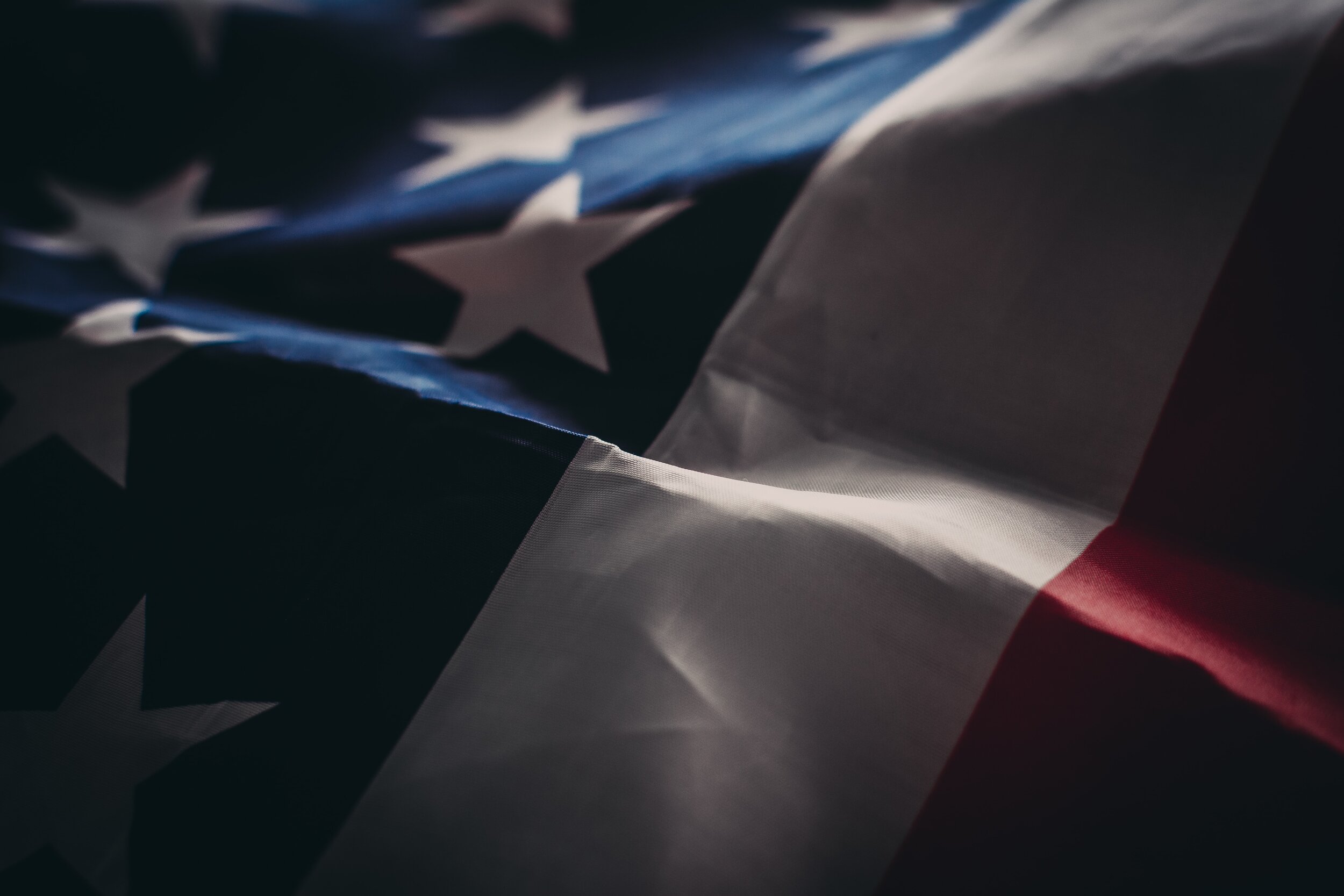U.S. Visas - Whats New, and Old, for 2020…
It's that time of the year again, when yachts of all sizes start their annual migration to various U.S. ports. With that repositioning, crew are required to have the appropriate visas for travel to the U.S. This can seem like a confusing topic - I will try to boil it down:
C1/d - a combination of crew and transit visa
B1/B2 or just a B1
B1 is for a visitor for business
B2 is for a visitor for tourism
ESTA - Visa waiver that can be used for business or tourism and is only available for those from specific countries*
C1/d vs. B1: There has been a lot of confusion in recent years due to crew applying for visas while their yacht was still in the Mediterranean and thus operating under a Commercial Certificate of Registry. A number of consulates, due to a lack understanding on this issue, have provided C1/d visas to yacht crew with the understanding that they were on a commercial vessel and not being aware that it would "swap" to a Private Certificate of Registry prior to entry into the U.S. This has caused issues as crew on Private Yachts must have a B1, not a C1/d. Those issued with C1/d visas must get a visa waiver, which costs $565.
ESTA: This is a 90-day visa waiver, and can be given to residents of 38 different countries*. Your initial entry into the U.S. has to be on a signatory carrier - which typically means a commercial airline. This is a good option for rotational crew on less than a 90 day rotation or delivery crew departing the U.S. in less than 90 days.
Denials:
The most important factor to remember when applying for a visa is that the directive of the consular officers is to assume every applicant intends to permanently emigrate to the U.S. It is your job and responsibility to prove otherwise via documentation showing ties to your home country that prove you do not intend to stay in the U.S.
The most common reason we have run across on denials are:
Applying for the wrong visa - If you are using documents from a commercially registered vessel in your application, it has been advised that you apply for C1/d and ask for the addition of a B2 visa during your interview. This is common practice for flight crew that may alternative between commercial and private service.
Inadequate Documentation - it is suggested that you have, at a minimum:
Vessel Documentation
Letter from captain proving service onboard
Employment contract / SEA
Letter from U.S. agent
Bank statements, titles to vehicles, home ownership, or anything else that proves you have close ties to a home or residence in your home country or country of residence
*The below list are the countries eligible for the Visa Waiver Program. For more information visit the U.S. State Department website by clicking here.
Andorra
Australia
Austria
Belgium
Brunei
Chile
Czech Republic
Denmark
Estonia
Finland
France
Germany
Greece
Hungary
Iceland
Ireland
Italy
Japan
Latvia
Liechtenstein
Lithuania
Luxembourg
Malta
Monaco
Netherlands
New Zealand
Norway
Poland
Portugal
San Marino
Singapore
Slovakia
Slovenia
South Korea
Spain
Sweden
Switzerland
Taiwan*
United Kingdom**
**To be eligible to travel under the VWP, British citizens must have the unrestricted right of permanent abode in England, Scotland, Wales, Northern Ireland, the Channel Islands, and the Isle of Man.
Captain Debora Radtke is the President of American Yacht Agents and an industry network partner with Dayboard Maritime. To learn more about American Yacht Agents visit their website at www.americanyachtagents.com

